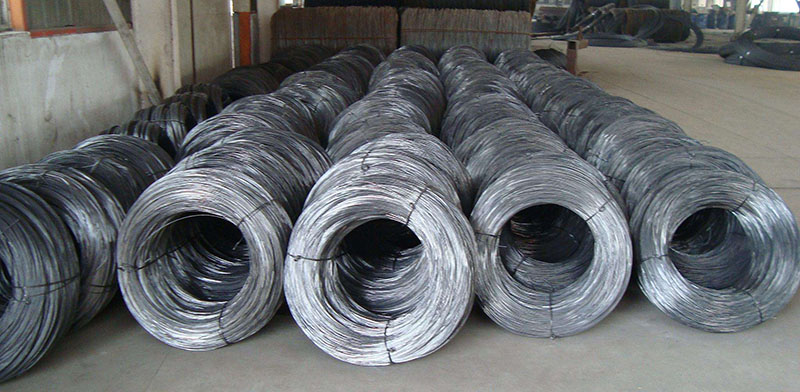Cold-Drawn Wire vs. Hot-Rolled Wire: A Guide to Metal Wire Selection

In the metal processing field, cold-drawn wire and hot-rolled wire are two fundamental wire categories. They look similar in appearance, but due to inherent differences in processing technology, they vary significantly in performance, cost, and application scenarios. Whether for precision components in mechanical manufacturing or basic fasteners in construction engineering, choosing the right wire directly impacts product quality and production profits. This article breaks down the "selection code" for both types from three dimensions—processing principle, core differences, and scenario adaptation—to help you avoid decision-making mistakes.
I. Processing Principle: The Inherent Difference Between "Cold Precision Finishing" and "Hot Rapid Production"
Performance differences in wires are determined from the very start of processing. Cold-drawn wire relies on "room-temperature meticulous processing" to improve precision, while hot-rolled wire uses "high-temperature rapid manufacturing" to reduce costs. The logics behind these two processes are completely distinct.
1. Cold-Drawn Wire: "Step-by-Step Precision Extrusion" at Room Temperature
The processing of cold-drawn wire is analogous to "stretching thin noodles at room temperature": metal coils (such as Q235 carbon steel and 304 stainless steel) are pulled by a cold drawing machine at room temperature, passing through conical dies with decreasing apertures in stages (e.g., stretching from 5mm to 1mm typically requires 3-5 passes through dies).
To prevent wire scratches or breakage, preprocessing is essential before production: first, scale is removed via pickling or mechanical peeling; after cleaning and drying, graphite or special drawing oil is applied for lubrication.
This cold working process rearranges metal atoms, making crystal grains finer and denser, resulting in a "cold work hardening" effect—which is the key reason cold-drawn wire has much higher strength than hot-rolled wire.
2. Hot-Rolled Wire: "One-Time Forming" at High Temperature
The processing of hot-rolled wire is similar to "kneading soft dough at high temperature": metal coils are heated to 800-1200°C (exceeding the metal recrystallization temperature). At this point, the metal has extremely high plasticity, and thick-gauge wires (e.g., 10mm-50mm) can be rolled in a single pass using the rolling force of continuous rolls.
While high temperature increases processing efficiency by 3-5 times, it causes scale (commonly known as "black skin") to form on the metal surface. Additionally, crystal grains grow rapidly at high temperatures, resulting in a loose structure—this defines the performance limitations of hot-rolled wire.
II. Core Differences: Intuitive Comparison Across 12 Dimensions, with Key Data at a Glance
Inherent differences in processing principles ultimately translate to variations in performance, cost, and other dimensions. The table below uses key data to help you quickly distinguish the applicable scenarios for each type:
![]() 中文
中文
